In an effort to the make the best of export controls, NVIDIA will produce a lower performing, lower cost GPU chip for sale in China, with an expected June launch. Although this AI chip benefits from the company’s recent Blackwell AI architecture, it will use conventional GDDR7 memory instead of the high bandwidth memory (HBM)—meaning it may not be powerful enough for some AI training and inference processing.
This new chip’s architecture is based on one of NVIDIA’s server GPUs, the RTX Pro 6000D, which is well-suited to demanding data center work. The company touts it as capable of handling the most advanced models. Yet it will not include TSMC’s Chip-on-Wafer-on-Substrate packaging, which allows for the integration of multiple chips on a single silicon interposer.
This AI chip replaces the H20 chip, which was specially designed by NVIDIA as a lower functioning AI chip to comply with export controls on chip sales to China. Now this new chip, which complies with the Trump administration’s still tighter restrictions, is expected to sell in the $6,500 to $8,000 range, a clear step down from the H20’s price tag of $10,000 to $12,000.
After news of Trump’s new export controls on China, NVIDIA announced it would take a $5.5 billion write down to account for the missed sales—the biggest write down in the history of the chip sector.
NVIDIA’s plan for a new chip designed for China reflects considerable agility as the company responds to recently increased export restrictions—the company only heard of the new restrictions on April 9. Yet the company has already lost major market share in China. Earlier in May, NVIDIA CEO Jensen Huang said that prior to export restrictions, the company enjoyed a 95% market share for high-end AI chips in China, but the restrictions have lowered that 50%.
Industry analysts don’t expect NVIDIA’s challenge in China to ease any time soon. “While the new chip will get NVIDIA back into the Chinese market, a further degraded product combined with rising Chinese competition may make it hard for NVIDIA to return to its historical market share,” said Gil Luria, head of technology research for D.A. Davidson & Co. Some industry experts expect Huawei, China’s top domestic producer of AI chips, to catch up to NVIDIA’s lower performing chips within two years.
Huang and other industry leaders have repeatedly warned that if the export controls continue to tighten, Huawei will benefit because tighter curbs will force Chinese AI developers to work with lower functioning chips, just as DeepSeek claimed to have done.
NVIDIA’s rapid shift also indicates a willingness to produce lower cost AI chips if conditions call for it, a strategy that could lower the cost of AI deployments for companies of all sizes. After all, if NVIDIA can produce lower cost chips for China, other regional markets may also insist on less expensive options.
If this trend results in lower revenue for NVIDIA, the company’s strong selling point remains its CUDA platform, which is its proprietary ecosystem that offers performance enhancements like faster execution rates and ease of programming. Although buyers of NVIDIA processors don’t need to use CUDA, the company has promoted it heavily and it has gained wide adoption.

